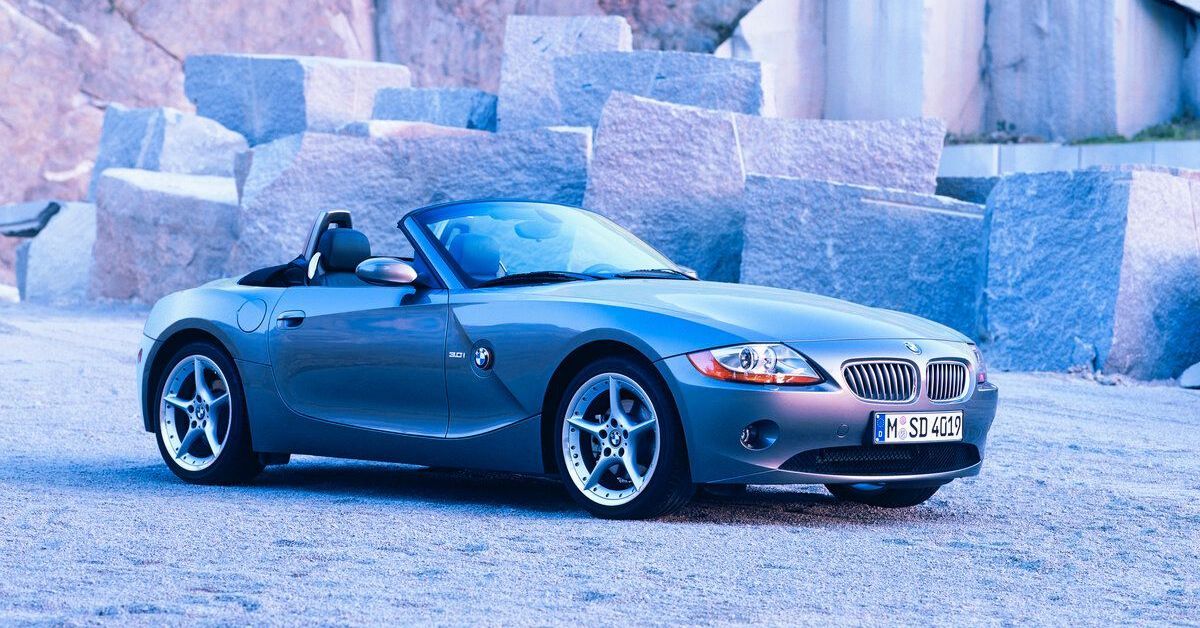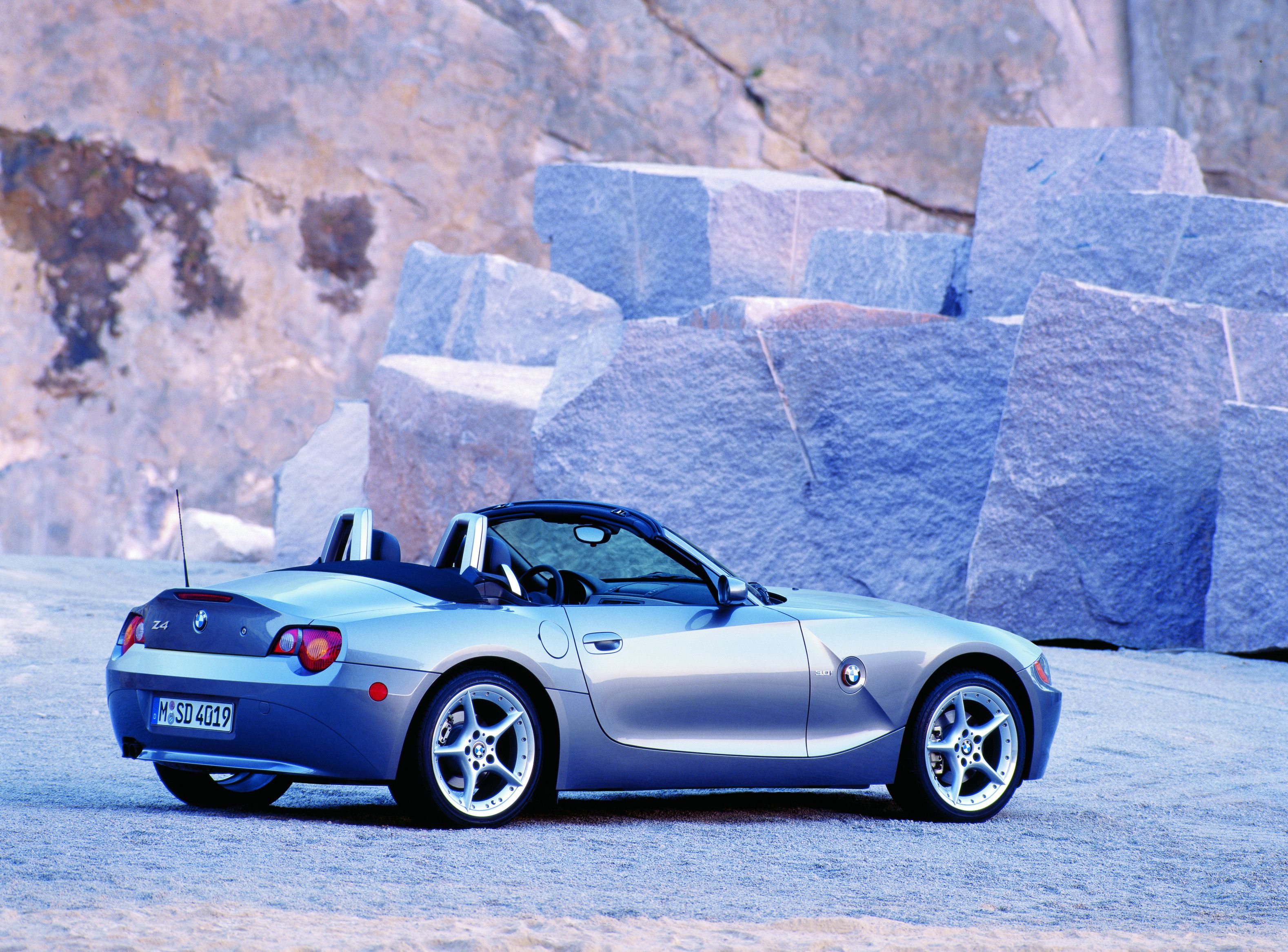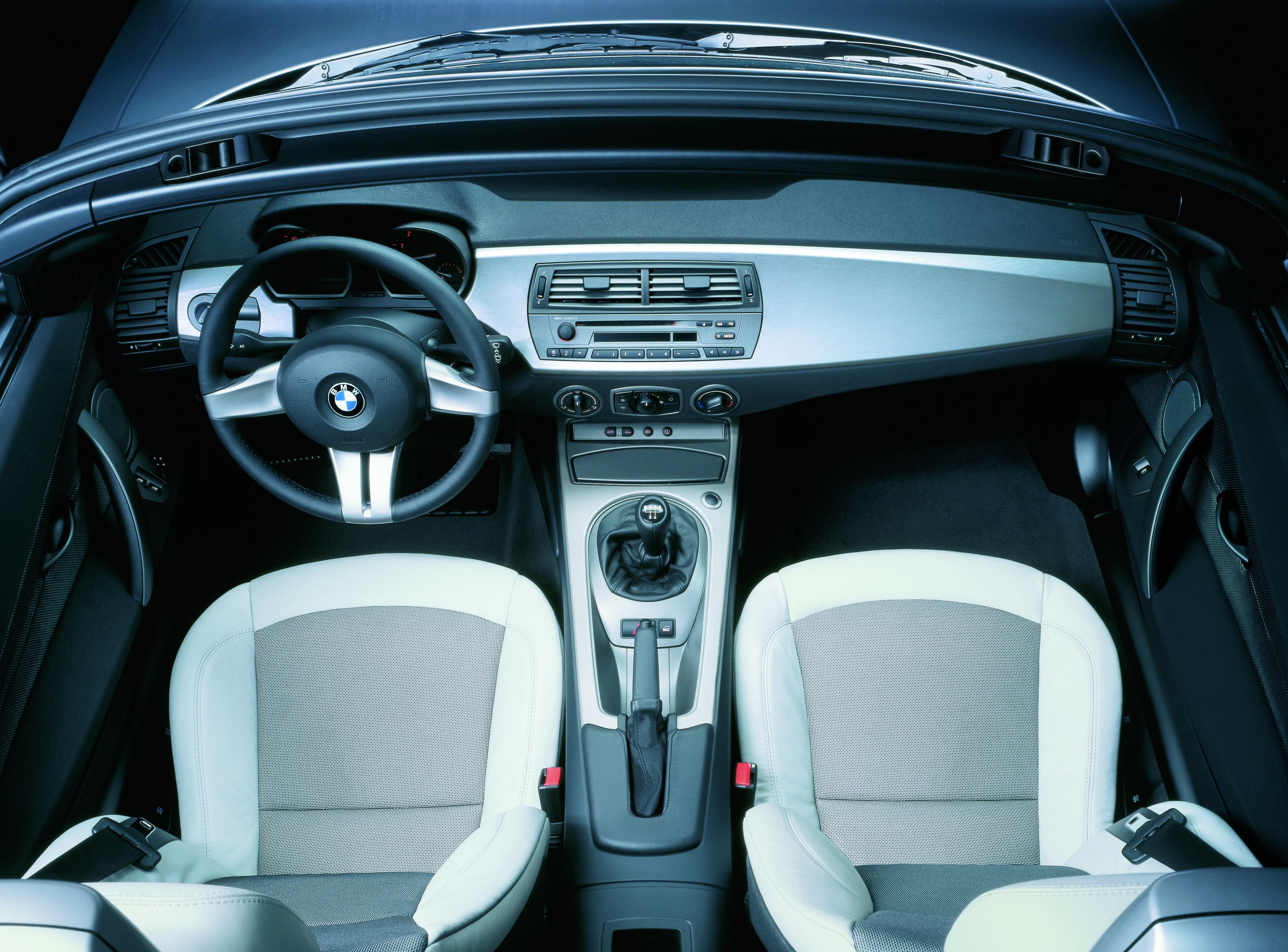BMW built a car so modern with the Z4 roadster that engine music piped into the interior. To grasp the strange appearance of this roadster, consider the Z3 it replaces. Manufactured from 1996 to 2002 as a replacement for the Europe-only Z1, the BMW Z3 is a two-door rear-drive coupe and roadster.
Though it had its formal debut at the North American International Auto Show in Detroit in January 1996, many people first saw the Z3 in the 1995 James Bond film GoldenEye, in which 007 briefly drives a blue Z3 in Cuba.
The Z3 was very popular. The Z3's mix of affordable price and classic styling proved to be a winning combination. But the Z3 never won a comparison test after the sleek Mercedes SLK, and superb Porsche Boxster appeared on the scene.
Those competitors weren't cheap, but they had advanced, sophisticated expressions of the roadster idea, making the Z3 appear to be an old and outdated German roadster.
When the Z4 roadster debuted in 2002 for the 2003 model year, it was a major step up from the Z3, its hugely successful predecessor. Indeed, the Z4's introduction was much more than a 'successor replaces predecessor' scenario since the new Z4 roadster placed BMW in a more elevated, sophisticated part of the roadster market.
The Z4 impressed customers with its typically flamboyant style by Chris Bangle, which was larger all around than the Z3 and three times stiffer yet barely any heavier.
The driving position was also substantially improved, with a sleek, modern cockpit that seemed more premium.
Let’s take a look at the most outstanding features of the 2003 BMW Z4.
The 2003 BMW Z4’s Sleek, Aerodynamic, Open-Body Look
The Z4 showcased BMW's new design language, which included convex and concave surfaces, strong edges, and gentle curvature. It possesses all the typical roadster characteristics, including a long and sleek bonnet, a long wheelbase with small overhangs, a wide track, and a low center of gravity, all of which give it a purposeful, sporting appearance. BMW had enlarged the boot capacity of the Z4 to up to 260 liters, which is ample space for two huge bags.
‘Beauty Comes From Inside’ Isn’t Just A Phrase When It Comes To The 2003 BMW Z4
The front seats of the Z4 provide superb thigh and upper body support. The well-designed seats keep the driver and passenger in place during spirited cornering.
The three-spoked steering wheel, two deeply inset circular instruments under a raised glare shield, and the flat metal dash trim all contribute to the interior's mild retro vibe.
The radio and CD player have simple settings in the center of the dash, while the fan, temperature, and ventilation knobs are conveniently arranged below. The power window buttons on the doors are situated at an acute angle. However, the power door lock button is located in the center console. A convenient pull-out cupholder is located just to the left of the steering wheel.
The seat heaters, a button to turn off the Dynamic Stability Control, controls to raise and lower the convertible top, and a tire pressure warning button are all located lower in the central console.
A long driveshaft tunnel runs through the cabin's center, and a high-mounted gearshift lever is just where it should be. A smart detail is the use of special rubber pads on the left and right sides of the tunnel to give comfort to the driver and passengers' legs.
The Z4’s Style Isn’t The Only Thing It Has To Offer; The Driving Experience Is Also A Thing Of Joy
Apart from looks, the driving experience is one of the key reasons for the Z4’s amazing quality. BMW offered two six-cylinder engines for the Z4. The 3.0i has 225 horsepower and a top speed of 155mph, while the 2.5i has 184 horsepower and a top speed of 146mph. The Z4 3.0i has a six-speed manual transmission.
BMW offers its own SMG sequential manual transmission as an option on both engine variants. This second-generation system has an automated-clutch, six-speed transmission that allows the driver to make instant gearshifts with the gear selector or paddles on the steering wheel.
BMW built the Z4 with agility and handling in mind, with the goal of setting new standards in its class. The Z4 features a reworked rear axle from the BMW 3 Series, 50/50 front:rear weight balance, fade-free high-performance brakes, run-flat tires, and DSC III as standard.
Dynamic Drive Control, or DDC, was new to the Z4 and engaged by pushing the 'sport' button on the center console. DDC enables the Z4 engine management system to produce an even quicker throttle response and adjust the steering weight to a more natural feel. This car was truly a spectacular creation in terms of driving enjoyment.




.jpg)